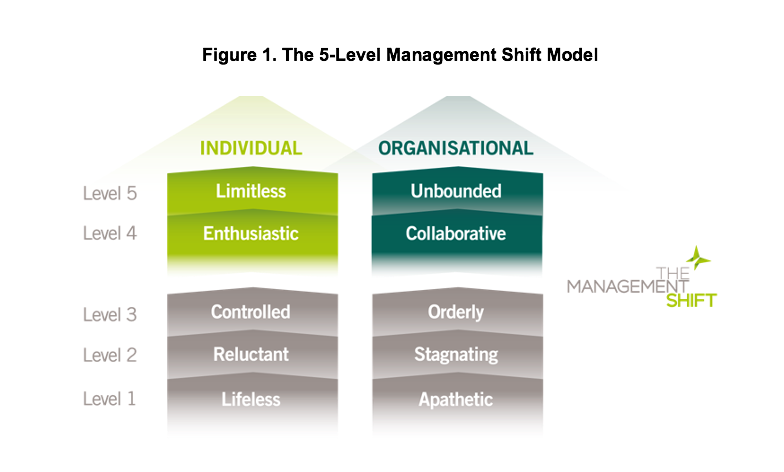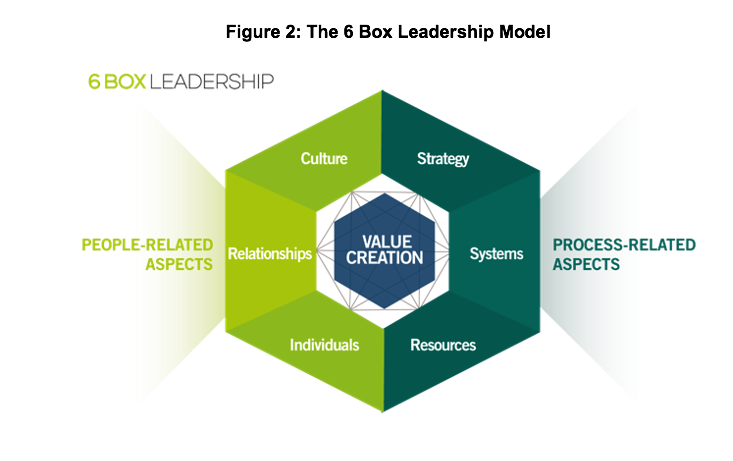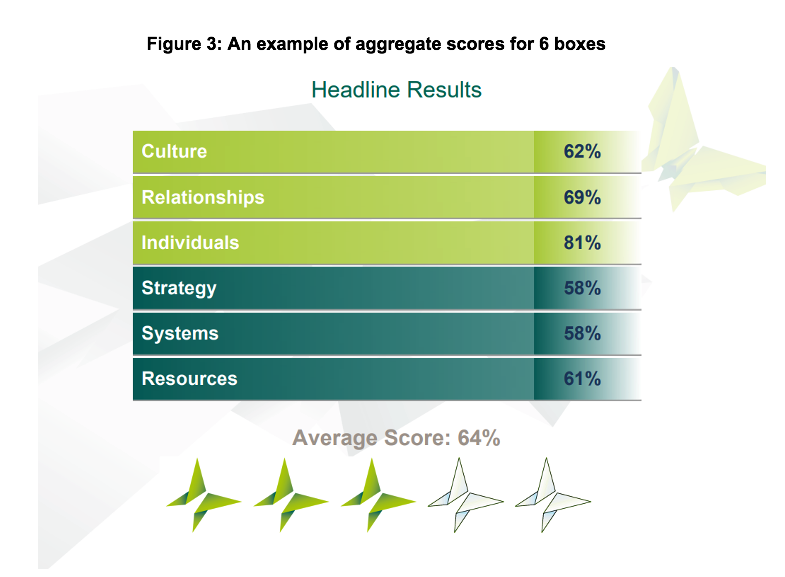Measuring your company's culture for success
- 4 Min Read
The only way to achieve lasting success is by transforming the culture along with the business. Traditional ways of thinking and working need to be replaced by new, more innovative approaches.
- Author: Vlatka Ariaana Hlupic
- Date published: Jun 9, 2023
- Categories

For many years, companies have been making an effort to change their culture, to improve employee productivity, innovation, wellbeing and revenue. However, determining how to do this and whether the culture change has been successful, can be difficult. At the same time, whilst the link between superior people management and better business performance is clearer than ever, this clarity has failed to trigger any significant progress.
Business leaders are now realising that they must readjust their company’s culture in order to survive and thrive in a drastically changed world.
Many organisations continue to have issues comprehending the significant connection between corporate transformation and culture. Acknowledging that a cultural framework is essential for holistic transformation does not come naturally for most leaders. As Peter Drucker famously said, ‘Culture eats strategy for breakfast’.
The only way to achieve lasting success is by transforming the culture along with the business. Traditional ways of thinking and working need to be replaced by new, more innovative approaches. This can be difficult, as old ways are often comfortable and familiar, however it is necessary if the organisation wishes to grow and thrive in the future.
The Management Shift Model
There are five levels of company culture, as identified in the 5-Level Management Shift Model (Figure 1). At Level 1, the culture is static, toxic, and inflexible. Employees are disempowered and scared. At Level 2, employees do the minimum they can get away with, just to for a pay cheque. At Level 3, the culture is controlled and inflexible. Employees can make some decisions on their own but must still follow the strict rules set by management.
A company that is stuck at Level 3 or lower is unable to adjust quickly enough to changes in the market or society. As a result, it may become obsolete or irrelevant.
A positive, adaptive company culture would be operating at Levels 4 and 5. This type of culture is characterised by trust and respect amongst employees, as well as a focus on results rather than procedures. Employees can make decisions quickly and efficiently, without having to go through multiple layers of management. This allows the company to be more agile and responsive to changes in the market.

The 6 Box Leadership Model
In order to help organisations to measure their culture and any other hidden bottlenecks to performance, engagement and profit, I have developed the 6 Box Leadership Model and diagnostic tool (Figure 2), also known as an organisational MRI, showing which parts of an organisational body need to be healed/transformed.

Based on more than 20 years of interdisciplinary research, the (120-question) 6 Box Leadership diagnostic tool measures hidden strengths and weaknesses in the areas of Culture, Relationships, Individuals, Strategy, Systems and Resources. Thousands of employees can take this assessment anonymously at the same time and aggregate data will be shown in a 43-pages long pdf report, together with guidance on creating plans for actions to address any discovered bottlenecks.
Figure 3 shows an example of a snapshot of aggregate scores for all 6 boxes, six key strengths and six key bottlenecks for each box are shown together with additional analysis of data.

The 6 Box Leadership Diagnostics tool has been utilised by global enterprises for cultural transformation and other purposes, from FTSE 100 companies, the NHS, to the UK Government. ROI figures include a 213% increase in profit over three years by a FTSE100 retail company, 100% growth in headcount in 18 months in a US-based consulting organisation, as well as improved staff wellbeing and retention in an NHS Trust.
Examples of other application areas for this diagnostic include design of customised executive education programmes, strategy elicitation, due diligence for VCs, risk management and improving employee engagement.
The diagnostic tool enables organisations to understand how their culture is impacting performance, as well as the key strengths and developmental opportunities that would secure the business’ future. An Action Plan followed by a robust implementation strategy, are crucial for successful cultural transformation, with many expected and unexpected benefits emerging from this process.
To learn how to get the most out of your employees and maximise your resources, visit the 6 Box Leadership page where you can also take a free sample test with 20 questions from this diagnostic tool.
___
Vlatka Ariaana Hlupic is a founder and CEO of Management Shift Solutions Limited and Professor of Leadership and Management at Hult International Business School (Ashridge).









